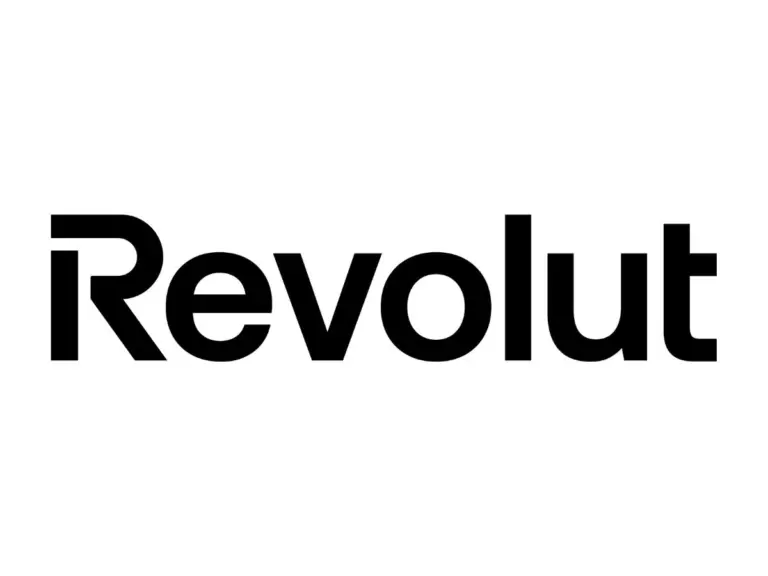Best savings accounts with a prize draw 2026
Money Talk is intended to inform and educate; it's not financial advice. Affiliate links, including from Amazon, are used to help fund the site. If you make a purchase via a link marked with an *, Money Talk might receive a commission at no cost to you. Find out more here.
Savings accounts that offer high interest rates will always be the obvious choice for savers.
But occasionally, and especially for those in higher salary brackets, a savings account with a prize draw might work better.
The premise is simple: you deposit some money into the prize draw savings account, which may or may not earn you interest.
What you’re guaranteed is an entry or entries into a prize draw – a lottery basically – to win a tax-free lump sum.
There’s no extra spending involved, or additional effort required, and you could win as much as £1million in cash.
For once, it’s not too good to be true.
Freakonomics Radio actually did a really interesting podcast on how it all works. It’s in a US context, but was inspired by NS&I’s Premium Bonds.
But are prize draw savings accounts worth it? And what are the actual odds of winning?
Here’s what you need to know.
Benefits of a prize draw savings account
Prize draw savings accounts come in a few different guises so the benefit they offer can be very different.
Some will pay interest on your savings for example while others won’t.
What is universal is that your money will be easily accessible.
It means that unlike investment products, which are prone to fluctuation, these are much more suitable for an emergency fund.
For higher and additional earners who may have maxed out their personal savings allowance as well as ISAs, a prize draw savings account without interest provides them with a safe place to park their money.
And of course it comes with the possibility of winning a large amount of money – and that winning is tax free.
For basic rate tax payers, these types of accounts offer the chance to win a life-changing amount of money without having to spend a penny.
One thing to note: the chances of winning are often pretty slim so it’s worth shopping around for the best interest rates as well if you’re not keen on your money doing nothing.
Downsides of a prize draw savings account
Compared to a normal savings account, a prize draw savings account will typically pay a lower rate of interest if they pay anything at all.
You might also need to save a minimum amount of money to be entered into the prize draw.
Plus, because the lottery is a game of chance, while the odds of winning are improved if you save more money, you might also never win anything.
And that’s the thing: there’s an opportunity cost here. Your money could be better off somewhere else.
Best savings accounts with a prize draw
Still think a savings accounts with a prize draw is for you?
Well you’re in luck because there are a few options to choose from.
Best savings accounts at a glance
- NS&I Premium Bonds – win up to £1million
- The Family Building Society Windfall Bond – win up to £50,000
- Chip – win up to £10,000
- Halifax Savers Prize Draw – win up to £100,000
NS&I Premium Bonds
- Odds: 1 in 22,000 for every £1 entry (December 2025)
- Minimum saving: £25
- Maximum saving: £50,000
- Maximum prize: £1 million
When it comes to savings products with prizes, NS&I’s Premium Bonds are the original and by far the nation’s favourite.
The idea is that for every £1 you hold of the bonds, you get an entry into a monthly prize draw in lieu of interest payments.
That interest is pooled into a prize fund, which is then used to pay the winners.
Each month there are over six million prizes ranging from £25 to £1 million, broken down into the following tiers:
- Higher value prize: £1 million; £100,000; £50,000; £25,000; £10,000; £5,000
- Medium value prize: £1,000; £500
- Low value prize: £100; £50; £25
All of the prizes are awarded tax free.
It’s also tax free to hold your money in Premium Bonds, which potentially makes it a quite tax-efficient way to save for those in higher tax brackets with lots of disposable income.
The minimum investment in Premium Bonds is now £25 and you can hold up to £50,000 worth of bonds.
The odds vary each month but are around 1 in 22,000 as given by NS&I in December 2025.
If you’re happy with not receiving any interest payment – because, with average luck, the chances of winning are so low that you shouldn’t expect to win at all – Premium Bonds is an extremely safe way to save your money.
However, cashing out the bonds can take a few days so it’s not ideal if you think you might need the money instantly at some point in the future.
In 2025, I bought £50,000 in Premium Bonds and held them for three months.
Surprisingly I won something every month, but it still wasn’t enough to justify having the money in there.
Read this: Premium Bonds: Are they worth it?
The Family Building Society Windfall Bond
- Odds: Variable
- Minimum saving: £10,000
- Maximum saving: none
- Maximum prize: £50,000
The Family Building Society has the Windfall Bond, which is very similar to Premium Bonds.
It’s much smaller in size though, with a variable number of prizes each month ranging from £100 to £50,000.
They’re split across five levels, with prize values as below:
- Level A prize: £50,000
- Level B prize : £10,000
- Level C prize: £1,000
- Level D prize: £500
- Level E prize: £100
Unlike other savings products, you can only buy the Windfall Bond in £10,000 increments, and each £10,000 buys you just one entry into the prize draw.
There is, however, no longer an upper limit to the number of Windfall Bonds you can hold – although the Financial Services Compensation Scheme (FSCS) will only protect savings of up to £120,000.
The size of the prize fund each month is 1% of the total value of eligible Windfall Bonds as recorded at the previous month’s prize draw, divided by 12 and rounded up to the nearest £100.
So for example, in November 2025, there were 13,584 qualifying Windfall Bond entries, which meant a total of £135,840,000 was invested.
Divide this by 100 and you’ll get the 1% figure: £1,358,400.
And then divide this again by 12 and you have £113,200 and this is the size of the prize fund for February 2025.
The Family Building Society uses 60% of this prize fund for the biggest prize, 50% of the remaining money for the next prize and so on until the money has been distributed across all the tiers.
So for December 2025, there was one prize of £50,000, three of £10,000, 16 of £1,000, 17 of £500 and 87 of £100.
How the Windfall Bond is structured and therefore its odds of winning has changed over time.
Previously it gave an average odds of winning as 1 in 714.
These odds were held constant because they entered blank entries into the draw when there weren’t enough real entries.
But now it seems the odds of winning something has actually significantly improved – but it can fluctuate.
For December 2025, there were a total of 124 prizes against 13,584 entries, which gave odds of about 1 in 110 – very good odds indeed in this sector.
Its other benefit is that it pays interest on top. The rate is always 1% less than the Bank of England Bank Rate.
The downside of course is that it’s so popular, the Family Building Society rarely opens it for new subscriptions.
Also, you can’t withdraw the money – only close the account by giving a 35-day notice, so it’s not ideal for an emergency fund, unless for example you have a second household income that can tide you over in the short term.
Chip
- Odds: Variable
- Minimum saving: £10
- Maximum saving: £85,000
- Maximum prize: £10,000
Compared to the other prize draw savings accounts, Chip’s instant access Prize Savings Account is relatively new to the market, but it’s changed quite a bit since its launch.
As of December 2025, you only need to deposit £10 into the account and maintain this balance throughout the month to be in with a chance of winning.
For every £10 saved, you get one entry into the prize draw.
So the more money you save, the more entries you get, but no interest is paid on the balance.
Any money you deposit is protected by the FSCS, up to the usual cap of £120,000, although the maximum amount you can save into the account is £85,000, the previous cap for FSCS protection.
The prizes have changed a lot over time – I won £25 in the past, but that prize tier has long been withdrawn.
Right now, there’s at least one big prize of £10,000 and at least 250 prizes worth £10 each month.
Depending on the size of the prize pot, there are usually a lot more smaller prizes.
Chip at one time gave the odds as 1 in 1,059 for every £10 entry.
The odds now depend on the number of savers and will therefore vary every month.
Between January and September 2025, the odds of winning were 1 in 964 to win any prize.
If you do win, the money is shown as “prize” on your account – it doesn’t become money until you cash it out.
That means it doesn’t count as additional entries into the prize draw, nor is it protected by FSCS.
In other words, if you’re lucky enough to win, cash out that money as soon as possible.
Be careful when you withdraw the money though.
Months after withdrawing my prize, my account showed I had withdrawn my original deposit rather than the prize, which meant I didn’t have enough money to qualify for future draws and my money was just sitting there not earning any interest.
Read this: Chip Prize Savings Account review: I saved £100 and won £25
Past prize-linked savings accounts
A few banks have launched prize-linked savings accounts and subsequently withdrew them.
These include:
- Nationwide Building Society with its Start to Save account and its Member Prize Draw
- Natwest and the Royal Bank of Scotland with their Digital Regular Saver draw
- Yorkshire Building Society with its Make Me a Saver account
- Coventry Building Society’s Sunny Day Saver
- Halifax with its long-running Savers Prize Draw
It’s always worth keeping your eye out though – some of these may come back and other banks may launch prize draws as part of a temporary promotion.
This post was originally published in August 2021. It was updated in December 2025.
Pin this for later








